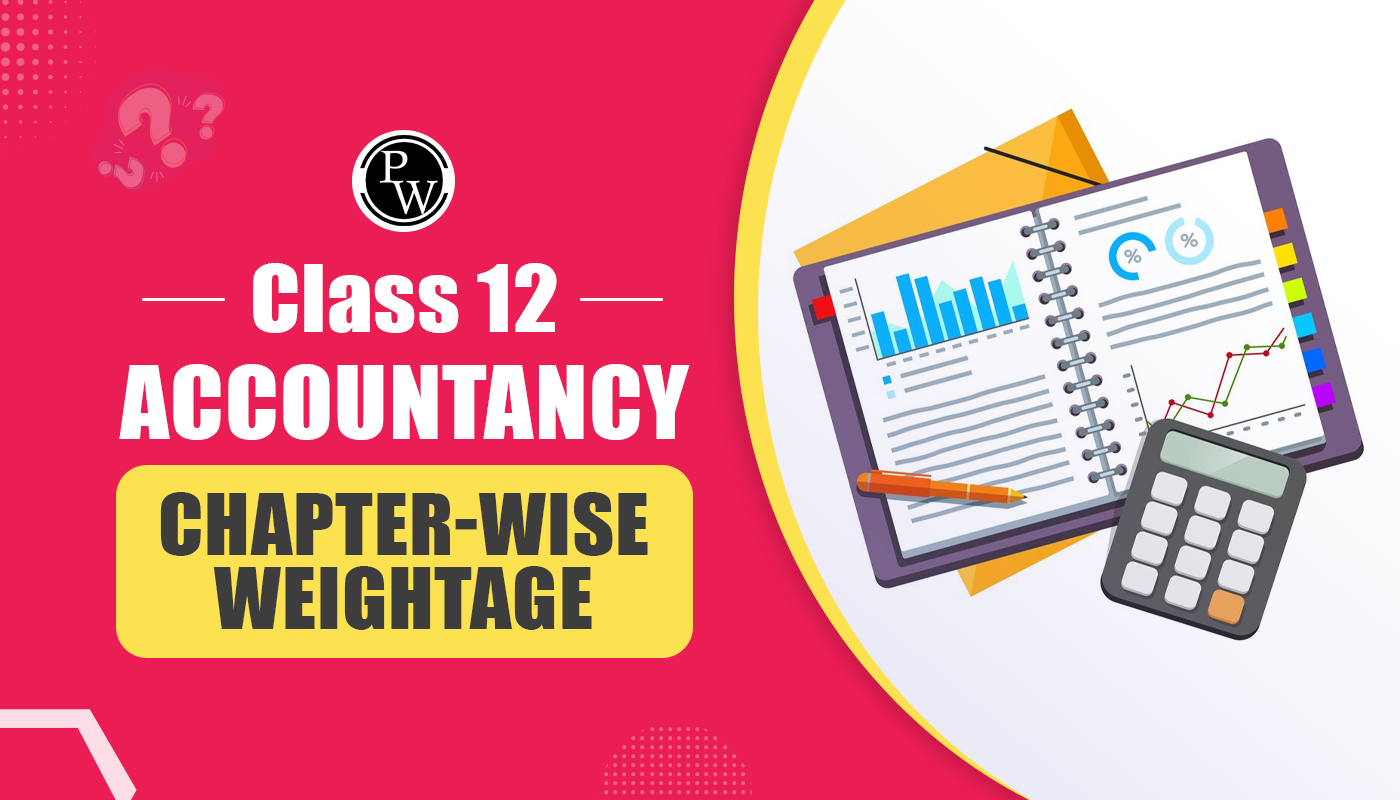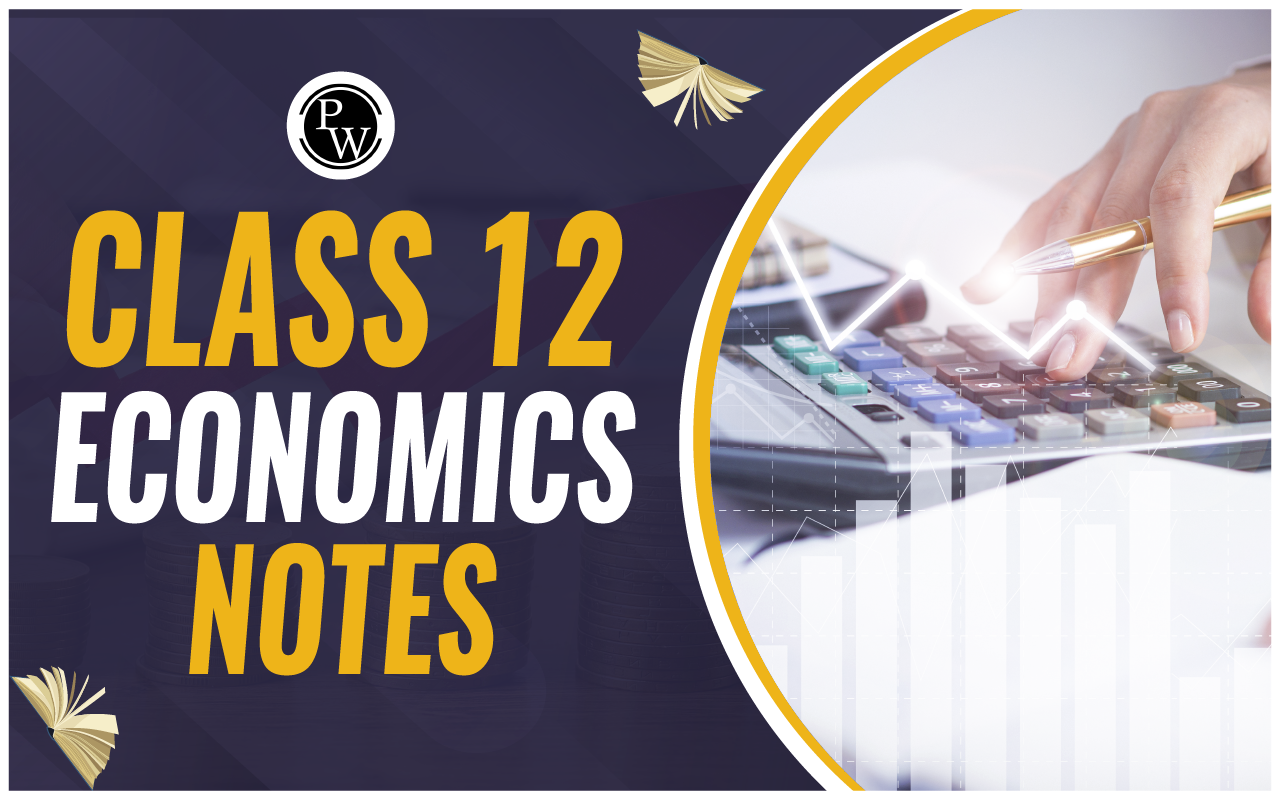
Understanding the various borrowing options available in personal and business finance is crucial for effective financial management. Two common financial instruments that provide access to funds are loans and lines of credit. While they may seem similar at first glance, they serve different purposes and operate in fundamentally distinct ways.
A loan offers a lump sum of money repaid over a fixed period, typically used for specific, large expenses such as buying a house or funding a business venture. On the other hand, a line of credit provides flexible access to funds up to a predetermined limit, which is ideal for managing short-term cash flow needs or covering emergency expenses. This article explores the key differences between loans and lines of credit, helping you make informed decisions based on your financial goals and needs.What is Loan?
A loan is a financial agreement in which a lender provides money or assets to a borrower, expecting to be repaid, typically with interest. Loans can be used for various purposes, such as purchasing a home, funding education, starting or expanding a business, or covering personal expenses. Here are the key elements and types of loans:Types of Loans
Loans are financial instruments that allow individuals or organizations to borrow money with the agreement to repay it over time, typically with interest. Different types of loans cater to various needs, and each type has its terms, interest rates, and repayment structures. Here are some common types of loans:- Mortgage : A mortgage is a specialised loan used to purchase a home or other property secured by real estate. To qualify, a borrower must meet the lender's minimum credit and income requirements. Once approved, the lender pays for the property, and the borrower makes regular principal and interest payments until the loan is fully repaid. Due to their secured nature, mortgages generally have lower interest rates.
- Automobile Loan : Similar to mortgages, automobile loans are secured by the purchased vehicle. The lender advances the purchase price to the seller minus any down payment from the borrower. The borrower must make regular payments according to the loan terms until the loan is paid off. If the borrower defaults, the lender can repossess the vehicle and pursue any remaining balance. Car dealerships or automakers often serve as lenders for these loans.
- Debt Consolidation Loan : A debt consolidation loan allows consumers to combine multiple debts into a single loan. If approved, the lender pays off all outstanding debts, leaving the borrower with one regular payment to the new lender. Most debt consolidation loans are unsecured.
- Home Improvement Loan : Home improvement loans may be secured or unsecured. Homeowners can use these loans to finance repairs or renovations that are likely to increase their home's value.
- Student Loan : Student or educational loans fund qualified educational expenses. They are offered through federal or private lending programs and often depend on the income and credit rating of the student's parents. However, the student is responsible for repayment. Payments are typically deferred while the student is in school and for six months after graduation.
- Business Loan : Business loans, also known as commercial loans, are issued to businesses of all sizes. These loans can be used for various purposes, such as purchasing inventory, hiring staff, continuing day-to-day operations, or providing an infusion of capital.
What is Line Of Credit?
A line of credit is a versatile borrowing option that grants individuals access to funds up to a predetermined limit. Unlike a traditional loan, it allows borrowers to withdraw and repay money multiple times as needed, functioning as a revolving credit facility. Interest is charged only on the amount borrowed, not the entire credit limit. This provides borrowers with the flexibility to manage fluctuating or ongoing expenses. Lines of credit are commonly used for short-term financing needs, emergencies, or to cover irregular income gaps, offering both financial flexibility and convenience.Types of Credit Lines
Credit lines are versatile financial tools that provide flexible access to funds, allowing individuals and businesses to manage expenses and cash flow more effectively. Unlike traditional loans, which disburse a lump sum upfront, credit lines offer a revolving borrowing limit that can be accessed as needed. This flexibility makes them ideal for a variety of financial needs, from covering unexpected expenses to financing ongoing projects. Here are some common types of credit lines:- Personal Line of Credit : A personal line of credit is unsecured and offers flexible access to funds up to a specified limit. Borrowers can use these funds for personal expenses such as home improvements, medical bills, or other unexpected costs. Interest is only charged on the amount borrowed.
- Home Equity Line of Credit (HELOC) : A HELOC is secured by the borrower’s home equity, providing a revolving credit line for home-related expenses. Due to the collateral involved, it typically offers lower interest rates. Borrowers can draw funds as needed and repay them over time, with interest charged only on the borrowed amount.
- Business Line of Credit : Designed for businesses, this credit line helps manage cash flow, cover short-term expenses, or fund new projects. It provides access to a predetermined fund amount, with interest charged only on the borrowed portion. It is often used for inventory purchases, operational costs, or capital improvements.
- Credit Card: A credit card is a widely used form of a revolving credit line. Cardholders can make purchases up to a certain limit and repay the amount over time. Interest is charged on the outstanding balance if not paid in full by the due date. Credit cards offer rewards and incentives, such as cashback or travel points.
- Securities-Backed Line of Credit: The borrower’s investment portfolio secures this line of credit. Borrowers can access funds up to a certain percentage of their portfolio’s value. Investors often use it to manage liquidity without selling their investments. Due to the collateral, interest rates are typically lower.
- Demand Line of Credit : A demand line offers a flexible borrowing option where the lender can demand repayment anytime. It is generally used for short-term financing and can be secured or unsecured. Interest is charged on the outstanding balance, and the credit line can be renewed or extended as per the agreement.
Difference between Loan and Line of Credit
Understanding the differences between a loan and a line of credit is essential for effective financial planning and borrowing. Both financial instruments allow individuals and businesses to access funds, but they operate in fundamentally different ways and are suited for different purposes.| Feature | Loan | Line of Credit |
| Definition | A fixed amount of money is borrowed and repaid over time. | A flexible borrowing option with a credit limit to draw from as needed. |
| Borrowing Amount | Fixed amount disbursed at once. | Variable amount up to a predetermined limit. |
| Repayment | Regular fixed payments (monthly, quarterly, etc.). | Flexible repayment with minimum payment requirements. |
| Interest Charged | On the entire loan amount. | Only on the amount borrowed, not the full credit limit. |
| Term | Specified loan term (e.g., 5, 10, 30 years). | Open-ended or renewable term. |
| Purpose | Specific purposes like home purchase, car, or education. | General purposes include emergency funds and cash flow management. |
| Disbursement | Lump sum disbursed at the beginning. | Funds can be withdrawn as needed within the credit limit. |
| Collateral | It can be secured or unsecured. | It can be secured or unsecured. |
| Example | Mortgage, personal loan, student loan. | Home equity line of credit (HELOC), business line of credit. |
| Flexibility | Less flexible; fixed terms and amounts. | More flexible; borrow and repay multiple times. |
| Interest Rates | Typically fixed or variable rates. | Variable rates are often tied to the prime rate or another index. |
| Usage | One-time large expenses. | Ongoing or fluctuating expenses. |
| Approval Process | Typically, it requires more documentation and time. | Generally faster approval with fewer documents required. |
Begin your journey towards academic excellence in Commerce with our comprehensive Class 11 Commerce courses . Master the CBSE syllabus with expert guidance and ace your exams. Enroll now!”
Difference between Loan and Line of Credit FAQs
Which is better, a line of credit or a personal loan?
Personal loans are best suited for one-time, set expenses. They provide a lump sum of money you repay over a fixed period with regular payments. On the other hand, personal lines of credit are ideal for projects or purchases that require flexibility. They allow you to borrow up to a certain limit, repay the borrowed amount, and borrow again as needed, making them perfect for ongoing or fluctuating expenses.
Is a line of credit the same as a loan?
No, a line of credit is not the same as a loan. A loan provides a lump sum of money you repay over a set period with fixed or variable interest. In contrast, a line of credit gives you access to a predetermined amount of money you can borrow, repay, and repay again as needed. This makes a line of credit a more flexible than a traditional loan.
Talk to a counsellorHave doubts? Our support team will be happy to assist you!

Free Learning Resources
PW Books
Notes (Class 10-12)
PW Study Materials
Notes (Class 6-9)
Ncert Solutions
Govt Exams
Class 6th to 12th Online Courses
Govt Job Exams Courses
UPSC Coaching
Defence Exam Coaching
Gate Exam Coaching
Other Exams
Know about Physics Wallah
Physics Wallah is an Indian edtech platform that provides accessible & comprehensive learning experiences to students from Class 6th to postgraduate level. We also provide extensive NCERT solutions, sample paper, NEET, JEE Mains, BITSAT previous year papers & more such resources to students. Physics Wallah also caters to over 3.5 million registered students and over 78 lakh+ Youtube subscribers with 4.8 rating on its app.
We Stand Out because
We provide students with intensive courses with India’s qualified & experienced faculties & mentors. PW strives to make the learning experience comprehensive and accessible for students of all sections of society. We believe in empowering every single student who couldn't dream of a good career in engineering and medical field earlier.
Our Key Focus Areas
Physics Wallah's main focus is to make the learning experience as economical as possible for all students. With our affordable courses like Lakshya, Udaan and Arjuna and many others, we have been able to provide a platform for lakhs of aspirants. From providing Chemistry, Maths, Physics formula to giving e-books of eminent authors like RD Sharma, RS Aggarwal and Lakhmir Singh, PW focuses on every single student's need for preparation.
What Makes Us Different
Physics Wallah strives to develop a comprehensive pedagogical structure for students, where they get a state-of-the-art learning experience with study material and resources. Apart from catering students preparing for JEE Mains and NEET, PW also provides study material for each state board like Uttar Pradesh, Bihar, and others
Copyright © 2025 Physicswallah Limited All rights reserved.
Get App









